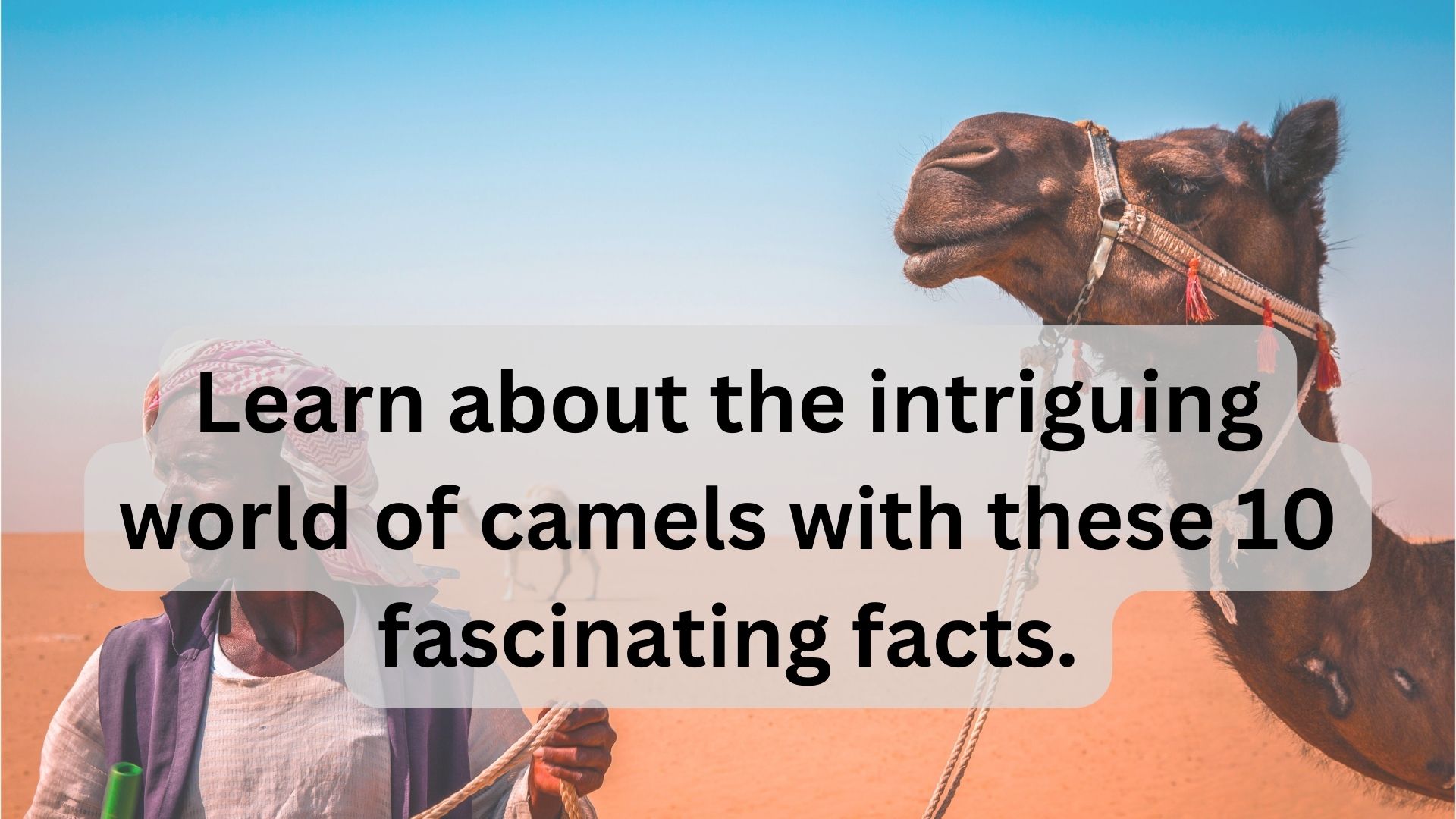The notion that humans are the biggest enemy of animals is a harsh reality that we must confront. As our global population continues to expand, the footprint of human activities engulfs more and more of the natural world. This relentless expansion brings about a multitude of threats to the animal kingdom. Habitat destruction, driven by urbanization, agriculture, and infrastructure development, leaves countless species displaced and struggling to survive.
Poaching and the illegal wildlife trade further jeopardize animal populations, driven by the demand for exotic pets, traditional medicines, and animal products. Our industrial activities pollute the air, water, and soil, leading to health issues and ecological imbalances for both humans and animals. Climate change, primarily caused by human actions, presents a slow-motion crisis, with rising temperatures, extreme weather events, and shifting habitats challenging the survival of numerous species.
Even our road networks, a testament to human expansion, pose a hidden peril as roadkill incidents take a toll on wildlife. It’s imperative that we recognize the impact of our actions and take responsibility for our role in this ongoing conflict. While humans are indeed the biggest threat to animals, we also possess the power to be their greatest allies. It’s our ethical duty to protect and coexist with the animal kingdom, ensuring a harmonious and sustainable future for all life on Earth.
Understanding the Human-Animal Conflict
As the human population burgeons, the natural world dwindles. This has resulted in a constant struggle for resources, often at the expense of animals. The conflict between human expansion and wildlife preservation is a growing concern that threatens the very existence of many species.
The Impact of Human Expansion on Wildlife
The relentless march of human expansion into once-pristine wilderness areas has dire consequences. Forests are cleared, wetlands drained, and landscapes altered, leaving animals displaced and struggling to find new homes.
Habitat Destruction: A Silent Threat
Habitat destruction remains a silent threat to countless species. When their homes vanish, animals face increased competition for limited resources, which often results in their decline.
Poaching and Illegal Wildlife Trade
Poaching and the illegal wildlife trade continue to decimate animal populations. The demand for exotic pets, animal products, and traditional medicines fuels this grim industry, driving many species to the edge of extinction.
Pollution and Its Effects on Animals
Our industrial activities pollute the air, water, and soil. The toxic byproducts harm not only humans but also wildlife, leading to various health issues and ecological imbalances.
Climate Change: The Slow-Motion Crisis
Climate change, driven by human activities, is a slow-motion crisis that affects animals profoundly. Rising temperatures, extreme weather events, and shifting habitats challenge the survival of countless species.
Roadkill: A Hidden Peril
As our road networks expand, roadkill becomes a hidden peril for wildlife. Animals crossing roads are frequently met with tragic accidents, contributing to declining populations.
The Struggle for Coexistence
Efforts are being made worldwide to promote coexistence between humans and animals. From wildlife corridors to urban conservation initiatives, various strategies aim to strike a balance.
Conservation Efforts Around the World
Conservationists and organizations worldwide are dedicated to protecting animals and their habitats. Their work includes breeding programs, habitat restoration, and the implementation of legal protections for endangered species.
Ethical Responsibility: Our Duty Towards Animals
As the dominant species on Earth, humans hold an ethical responsibility toward animals. Respecting their right to exist is crucial for maintaining ecological balance.
The Role of Education and Awareness
Educating people about the importance of wildlife and raising awareness about the threats animals face are crucial steps in reducing our impact on the animal kingdom.
The Need for Stricter Regulations
Stronger regulations and laws are required to combat illegal wildlife trade, habitat destruction, and pollution. Stricter enforcement can deter those who harm animals for profit.
A Call for Sustainable Living
Transitioning to more sustainable lifestyles is essential. Reducing our ecological footprint and making eco-friendly choices can mitigate the harm we inflict on animals.
The Emotional Connection Between Humans and Animals
Humans have a deep emotional connection with animals. This connection should be harnessed to drive conservation efforts and inspire positive change.
Thank you, if you liked this information of mine then do give feedback. Your feedback will motivate me further so that I can give you more information.
Here is the some FAQs:
FAQs
1. What are the primary threats that humans pose to animals? Humans pose various threats to animals, including habitat destruction, poaching, pollution, climate change, and roadkill.
2. How can individuals contribute to animal conservation efforts? Individuals can contribute by supporting conservation organizations, making eco-friendly choices, and raising awareness about the importance of wildlife preservation.
3. Are there success stories in animal conservation efforts? Yes, there are many success stories in animal conservation, such as the recovery of the bald eagle and the giant panda.
4. How does climate change affect animals? Climate change affects animals by altering their habitats, food sources, and migration patterns, making survival more challenging.
5. What is the emotional connection between humans and animals? The emotional connection between humans and animals is rooted in our shared existence and the profound impact animals have on our lives, emotionally and spiritually.




